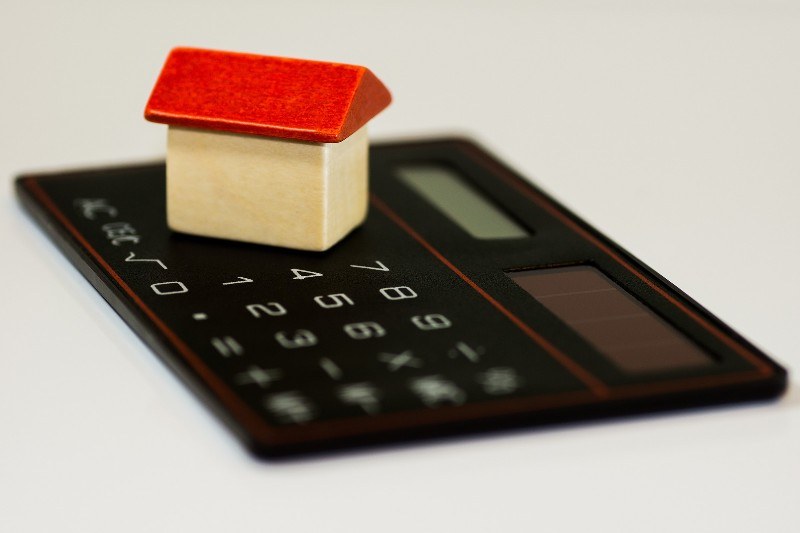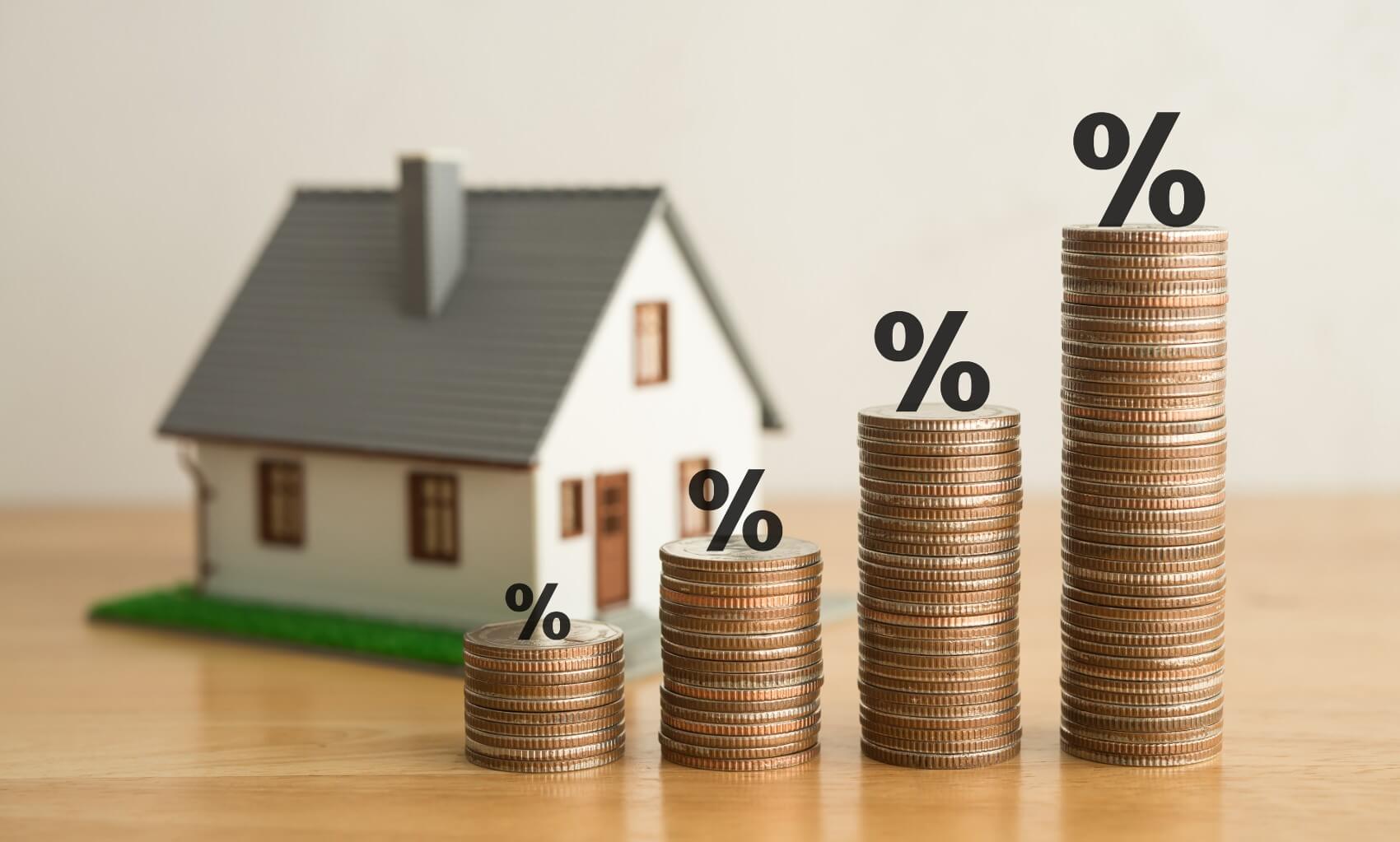Earlier this year the average mortgage for a U.S. home loan rose above 5% - a noticeable shift from last year’s historic lows. Mortgage rates last reached this point in 2018, and they may continue to rise.
While many homebuyers rushed to lock in mortgage rates before they went even higher, a fair number of people aren’t far enough along in their home search to make that move. As buying power decreases with every incremental increase in the mortgage rate, many would-be home buyers are left wondering: can I even afford a home at all if the monthly mortgage payments feel too high for my budget?
What homebuyers should keep in mind is that the mortgage itself is flexible and mortgage advisors can come up with creative ways to help you afford a home in a highly competitive market.
Here are a few alternatives to traditional mortgage solutions and the costs/benefits associated with each.
40 Year Mortgage
While most homebuyers are familiar with the 15-year and 30-year fixed-rate mortgage, not everyone has heard of the 40-year mortgage. The advantage of a 40-year rate is lower monthly payments - just as the jump from 15-year to 30-year allows for greater monthly savings, so does the jump to 40 years.
The 40-year mortgage is still a developing offering in the mortgage market and is not yet considered a standard for lenders to offer. When they do offer this, the 40 year mortgage interest rate offered is actually around the same rate for the 30-year mortgage (unlike the 15-year mortgage, which typically allows for cheaper borrowing through lower rates).
The drawback to the 40-year home loan is that homebuyers build their equity more slowly and ultimately end up paying, in typical cases, tens of thousands of dollars more in interest over the lifetime of the loan - if they stay in the home that long.
And ultimately the savings aren’t as profound per month as the switch from 15 to 30 year - you might only be saving about $200 per month, as MarketWatch points out. For homebuyers - especially first-time homebuyers who are really struggling to land a home, though, that bump of savings can be the difference between being able to afford a home and being stuck renting for several more years.
“A few lenders are starting to bring them back. The negative is you wind up paying more interest because the term is stretched out longer. The benefit is a lower payment. Instead of being amortized over a 30-year term, that same loan gets amortized after 40 years - that’s a lower payment,” explains mortgage advisor Ray Garville. “It’s all about the monthly cash flow, the monthly payment, especially as house prices continue to rise. As home prices go up and interest rates go up, affordability gets tougher and tougher to do.”
If you opt for a 40-year loan, you should keep in mind that refinancing is always an option - especially if your financial situation improves, or mortgage rates drop. Although refinancing comes with a cost, doing so can ultimately save you many thousands of dollars over the lifetime of your home’s loan.
- Benefit: Lower monthly payments
- Drawback: Takes longer to pay off, you pay more in interest over time
Adjustable Rate Mortgage
What is an ARM? As the name suggests, Adjustable Rate Mortgages come with floating interest rates that follow an index, rather than the set rate that comes with a fixed mortgage. The rates are adjusted every 3-12 months, depending on the terms of the loan.
ARMs (also known as variable-rate mortgages) got a bad rap thanks to the 2008 mortgage crisis. In ‘04, interest in ARMs spiked, accounting for nearly half of all home loans in the U.S. When rates started rising and home prices started dropping a couple years later, many people with ARMs were struggling to deal with the sudden increase in their monthly bill. Today, about 4% of home loans are ARM - a far cry from their heyday.
There are some key differences between then and now. Numerous regulations were put into place after the last housing crash ensuring that homeowners are qualified to take out their loans, and know what they’re getting into. Homebuyers can no longer be lured in with artificially low rates, and refinancing to lock in a new, set rate is expensive but possible to do later on. Combination mortgages, where a loan starts at a fixed rate then switch to an ARM after a number of years, are popular: a 5/1 ARM, for example, has a fixed rate mortgage for the first five years before switching to an adjustable rate.
An adjustable rate mortgage can actually be a smart financial choice for someone who isn’t planning on staying in their home for the entirety of the mortgage. As of this writing, the average fixed mortgage rate is 4.74% while the current average 5-year ARM rate is 3.96%. So if you know that you’re likely to resell your home within the next five years, opting for an ARM can give you a lower interest rate today - allowing you to qualify for more house, or lower monthly payments.
An ARM typically has a 1-2% lower start rate than the traditional fixed-rate loan. When the fixed rates were in the 2s and 3s, there was nowhere for ARMs to go - so they fell out of favor in the marketplace. As rates go back up, they're starting to increase in popularity.
There’s also no guarantee that rates will be climbing five years from now, so even if you decide to stay in your home, you might not see your monthly payments go up by that much (though of course you might - and that’s the risk you take when future mortgage rates are unknown). There is also an option for a 7/1 ARM, which allows you 7 years of a fixed rate - however, this won’t start with as low an interest rate as the 5/1 ARM.
“The ARM is commonly used by transient people who know they’re going to be around for 5 years, so the 30-year fixed rate isn’t as important to them - and you can have the rate fixed for a period of 3, 5, 7 years before it adjusts. The negative of an adjustable-rate mortgage is if you stay in the home, it will start to adjust, and it could adjust up or down," notes Garville.
- Benefit: allows you a lower upfront interest rate/lower monthly payments
- Drawback: unpredictable, not as good for longterm investments
Local and State Programs
Did you know that most cities and states have unique programs available to help homeowners with mortgages and home buying? The City of Philadelphia, for example, offers The Philly First Home program which gives up to $10,000 in grant money. Pennsylvania, meanwhile, has several affordable loan programs that can help with down payment assistance. Most cities/states offer similar choices for residents in order to encourage local homeownership.
The best way to find the specific options available to you as a homebuyer is to talk to a mortgage advisor. They’ll be able to tell you the exact programs you qualify for based on where you live, your income, et cetera.
“We give them all the options that are available because there are options for those programs. In-house programs that we have that can be helpful, state and county programs in the jurisdiction people are looking in, so we help them navigate those fields to help them get where they want to be,” notes Garville.
Talk to a mortgage advisor
For Further Reading



